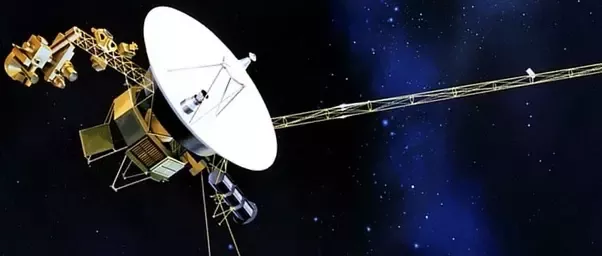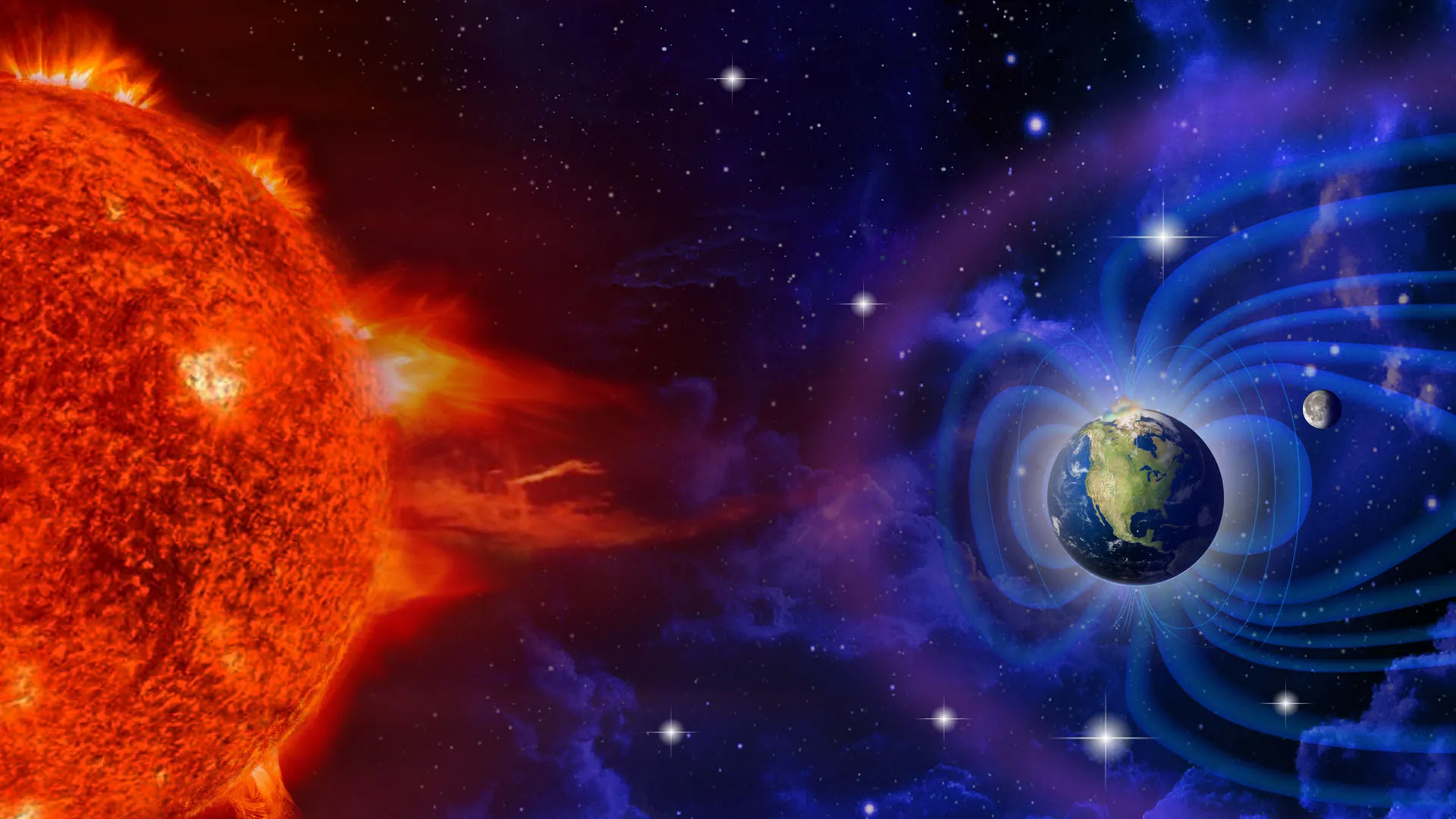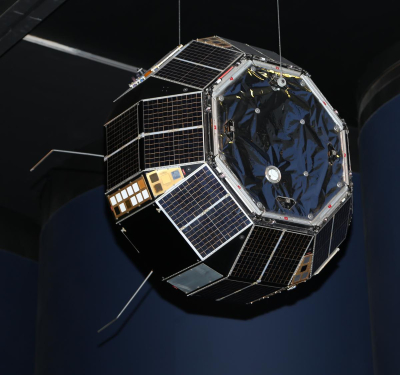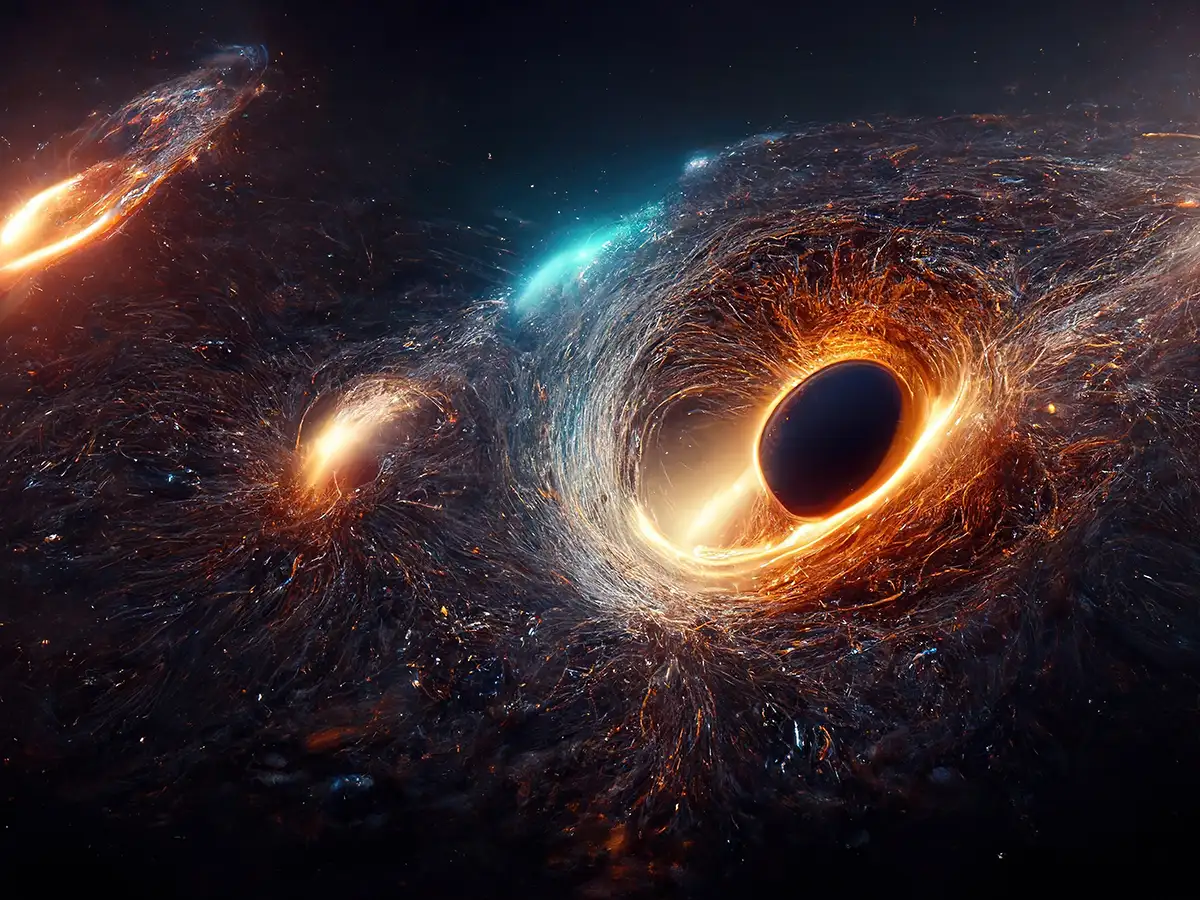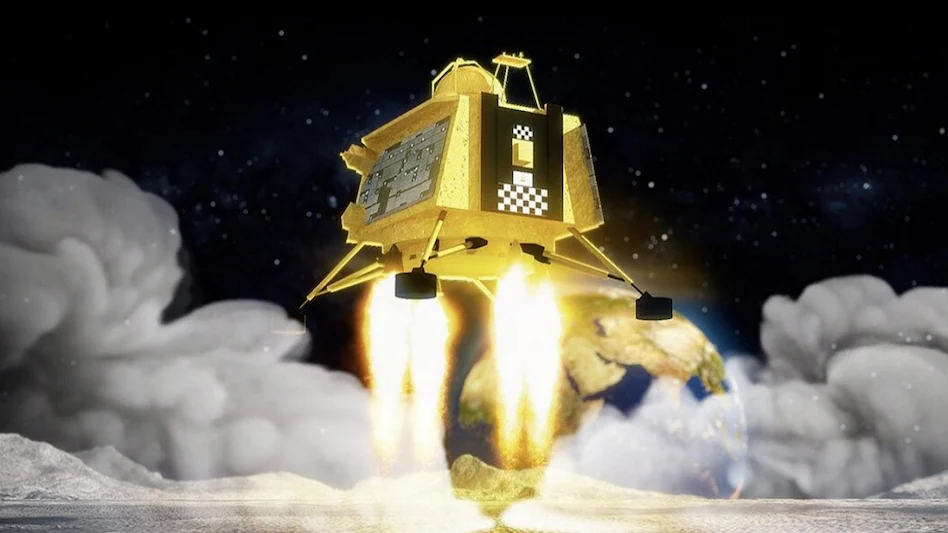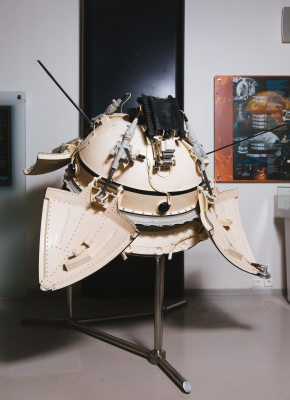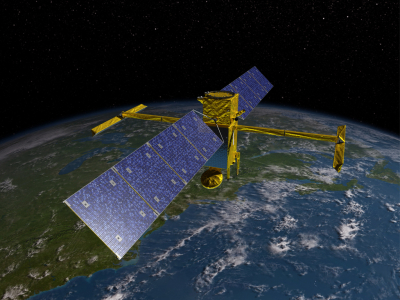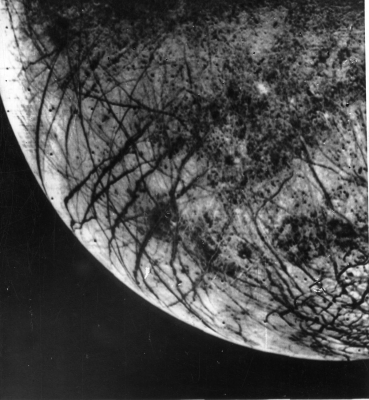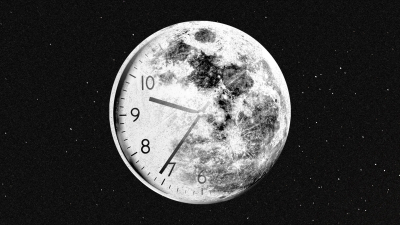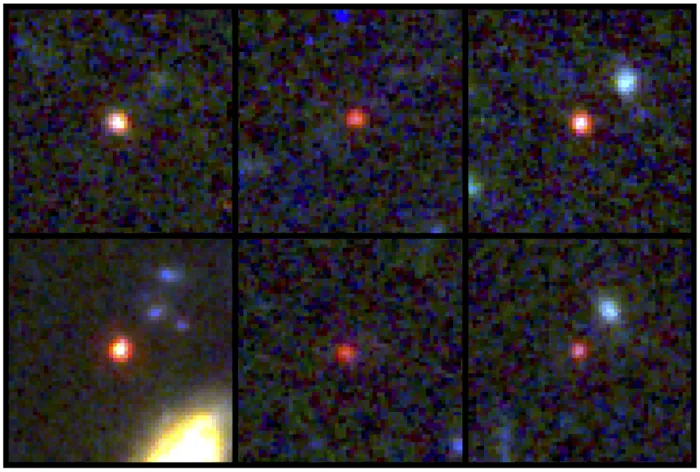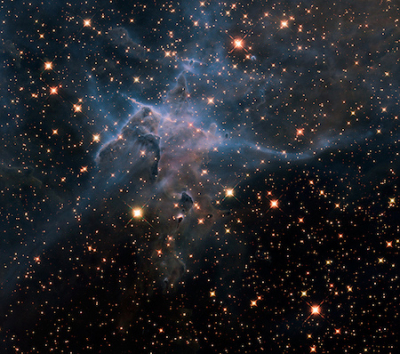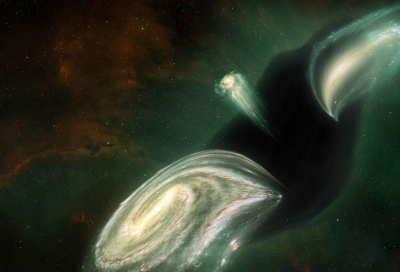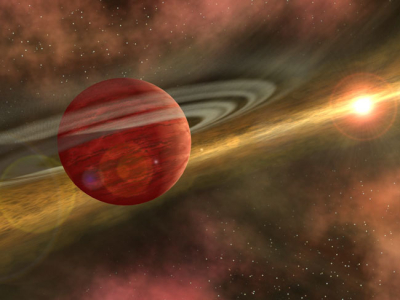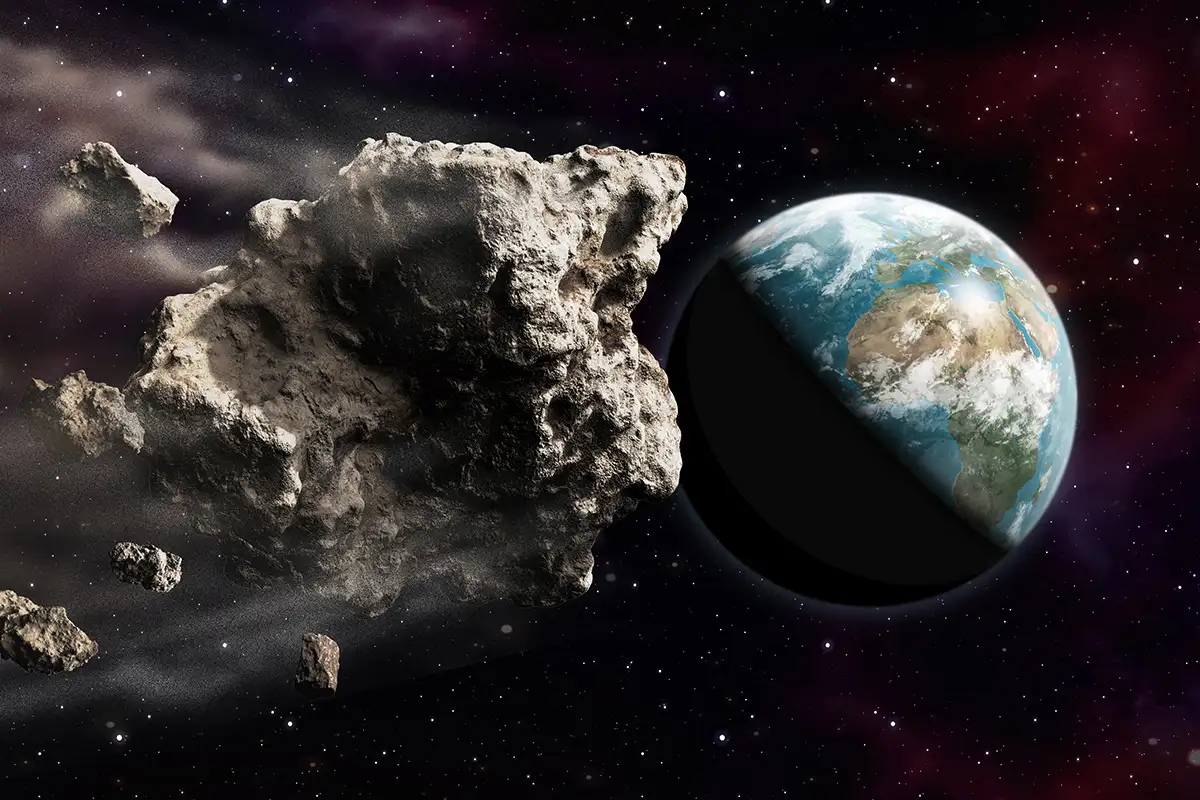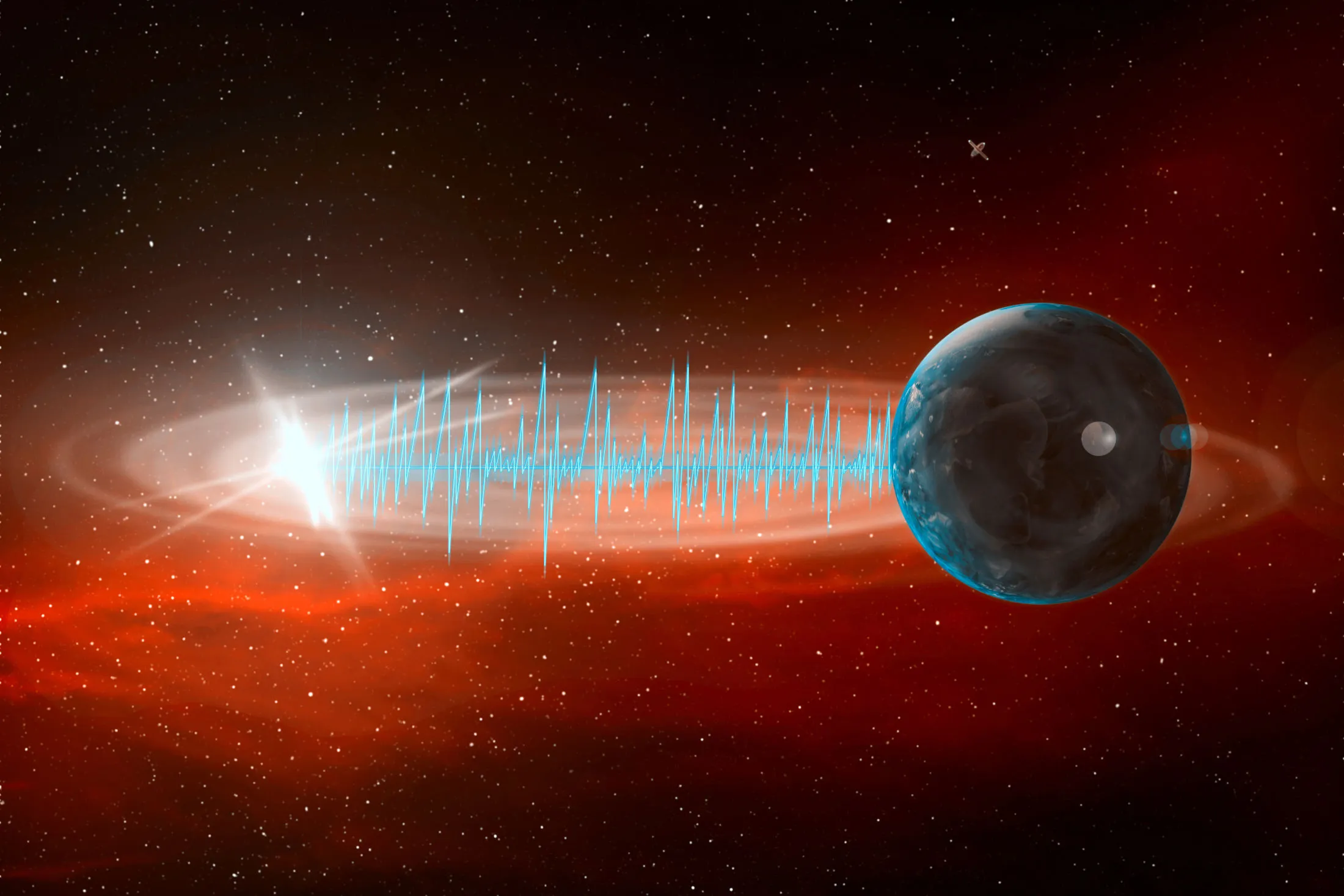
"In space, no one can hear you scream." You may have heard this saying. It's the tag line from the famous 1979 science fiction movie "Alien." It's a scary thought, but is it true? The simple answer is yes, no one can hear you scream in space because there is no sound or echo in space. I'm a professor of astronomy, which means I study space and how it works. Space is silent – for the most part.
How sound works
To understand why there's no sound in space, first consider how sound works. Sound is a wave of energy that moves through a solid, a liquid or a gas. Sound is a compression wave. The energy created when your vocal cords vibrate slightly compresses the air in your throat, and the compressed energy travels outward.
A good analogy for sound is a slinky toy. If you stretch out a Slinky and push hard on one end, a compression wave travels down the Slinky. When you talk, your vocal cords vibrate. They jostle air molecules in your throat above your vocal cords, which in turn jostle or bump into their neighbours, causing a sound to come out of your mouth.
Sound moves through air the same way it moves through your throat. Air molecules near your mouth bump into their neighbours, which in turn bump into their neighbours, and the sound moves through the air. The sound wave travels quickly, about 1,223 kilometres per hour, which is faster than a commercial jet
Sound in the solar system
Scientists have wondered how human voices would sound on our nearest neighbouring planets. Venus and Mars. This experiment is hypothetical because Mars is usually below freezing, and its atmosphere is thin. unbreathable carbon dioxide. Venus is even worse - its air is hot enough to melt lead, with a thick carbon dioxide atmosphere.
On Mars, your voice would sound tinny and hollow, like the sound of a piccolo On Venus, the pitch of your voice would be much deeper, like the sound of a booming bass guitar.The reason is the thickness of the atmosphere. On mars the thin air creates a high-pitched sound,and on venus the thick air creates a low-pitched sound. The team that worked this out simulated other solar system sounds, like waterfall on saturn’s moon titan.
Deep space sounds
While space is a good enough vacuum that normal sound can't travel through it, it's actually not a perfect vacuum, and it does have some particles floating through it. Beyond the Earth and its atmosphere, there are five particles in a typical cubic centimetre - the volume of a sugar cube- that are mostly hydrogen atoms.
By contrast, the air you are breathing is 10 billion billion (1019) times more dense. The density goes down with distance from the Sun, and in the space between stars there are 0.1 particles per cubic centimetre. In vast voids between galaxies, it is a million times lower still fantastically empty.
The voids of space are kept very hot by radiation from stars. The very spread-out matter found there is in a physical state called a plasma. A plasma is a gas in which electrons are separated from protons. In a plasma, the physics of sound waves get complicated. Waves travel much faster in this low-density medium, and their wavelength is much longer.
In 2022, NASA released a spectacular example of sound in space. It used X-ray data to make an audible recording that represents the way a massive black hole stirs up plasma in the Perseus galaxy cluster, 250 million light years from Earth. The black hole itself emits no sound, but the diffuse plasma around it carries very long wavelength sound waves.
The natural sound is far too low a frequency for the human ear to hear, 57 octaves below middle C which is the middle note on a piano middle of the range of sound people can hear. But after raising the frequency to the audible range, the result is chilling - it's the sound of a black hole growling in deep space.
Space is a vacuum
So what about in space? Space is a vacuum, which means it contains almost no matter. The word vacuum comes from the Latin word for empty. Sound is carried by atoms and molecules, In space, with no atoms or molecules to carry a sound wave, there's no sound. There's nothing to get in sound's way out in space, but there's nothing to carry it, so it doesn't travel at all. No sound also means no echo. An echo happens when a sound wave hits a hard, flat surface and bounces back in the direction it came from By the way, if you were caught in space outside your spacecraft with no spacesuit, the fact that no one could hear your cry for help is the least of your problems. Any air you still had in your lungs would expand because it was at higher pressure than the vacuum outside. Your lungs would rupture. In a mere 10 to 15 seconds, you'd be unconscious due to a lack of oxygen.
Picture Credit : Google
